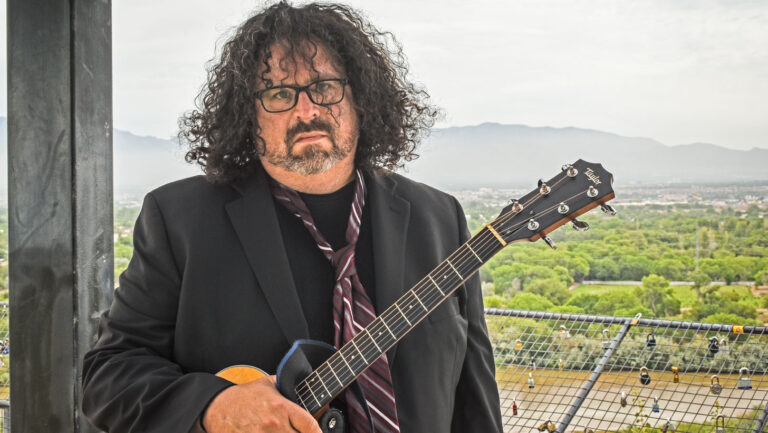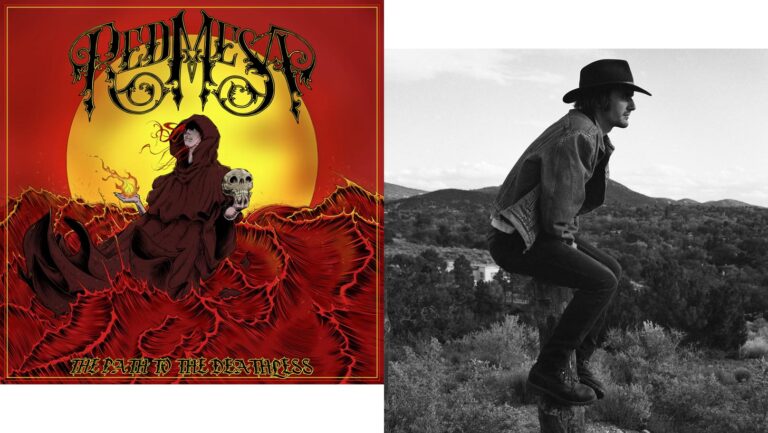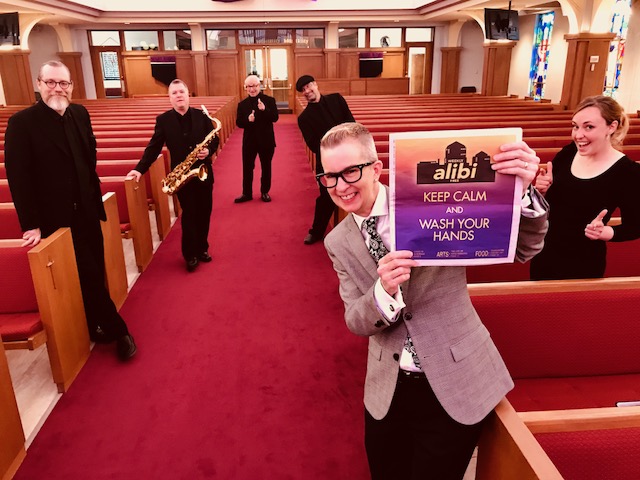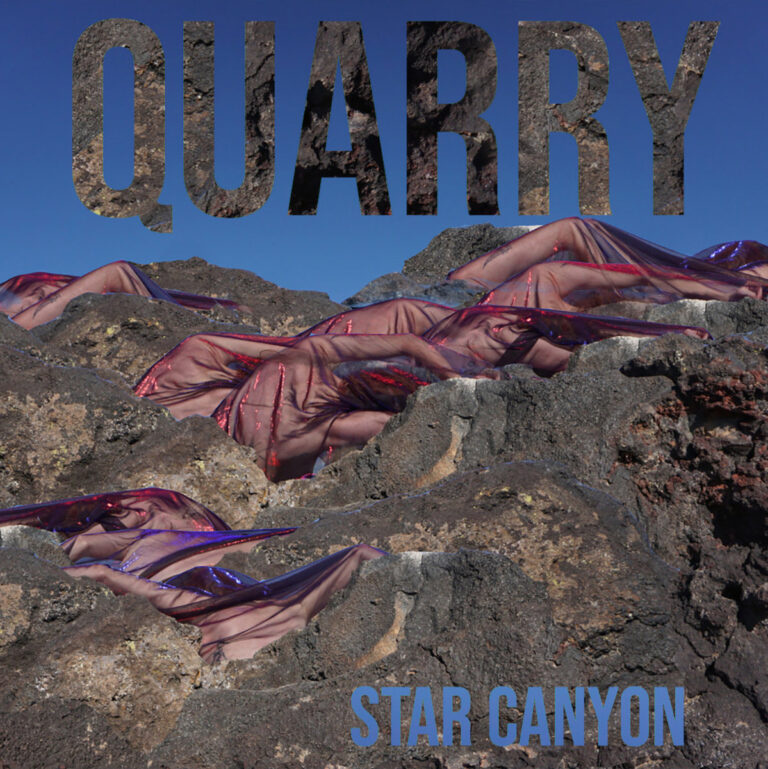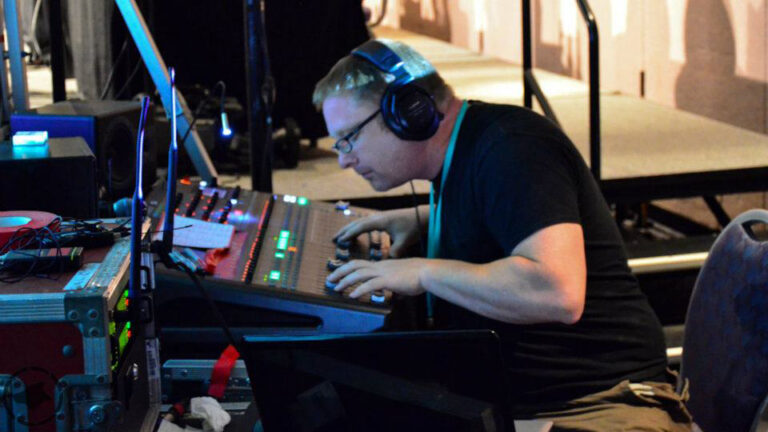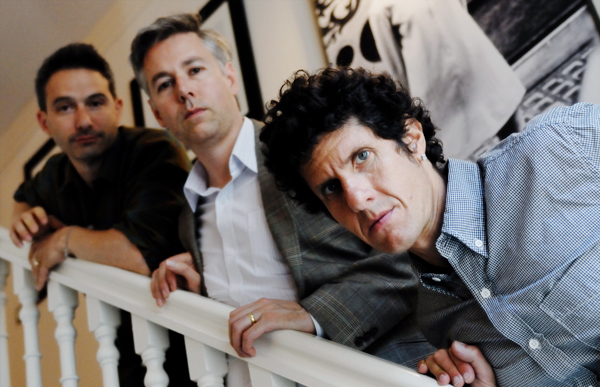HipHopKhasene hit No. 8 on the European world music charts last summer, and for good reason. In an age when most traditional musical forms are routinely watered down and homogenized, it is a delight to discover young artists taking a fresh look at a centuries-old genre.
Socalled, now 27, is a self-described Canadian “magician, cartoonist, pianist, photographer, animator, DJ and beat-writer” who creates a surreal mix of early 20th century Jewish recordings, hip-hop English and post-modern Yiddishisms that literally refurbishes the klezmer medium. In addition to beats, loops and samples, he provides accordion, Fender Rhodes, glockenspiel, Hammond organ, piano and Wurlitzer.
Sophie Solomon, a klezmer violinist and “raga jungle DJ” is a founding member of London's Oi-Va-Voi, a band of klezmer breakbeat fusionists that was nominated for a BBC World Music Award. Add in such respected artists as the endlessly inventive clarinetist David Krakauer, multi-talented instrumentalist and scholar Michael Alpert, and the mother-daughter combo of Elaine and Susan Hoffman-Watts, and you've got a mind-blowing experience.
The Monks of Sherab Ling Monastery Sacred Tibetan Chant (Naxos World)
The CD contains two extended prayer ceremonies. Monks and nuns of the Karma Kagyu lineage perform the Mahamudra Lineage Prayer and Meditation each morning. In the evening, the monks perform the Mahakala Puja ceremony, consisting of an invocation and offering to Mahakala, the receiving of blessings, and a dedication to world peace and harmony.
In addition to the sometimes gravel-deep voices of four Senior Chanting Masters and five other male Chanting Masters, we hear an assortment of traditional instruments regularly played at the monastery— from the Nga Chin, a massive temple drum played with two padded drumsticks; to the Gyaling, similar to the oboe, but played with circular breathing technique. Absolutely incredible.

